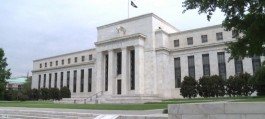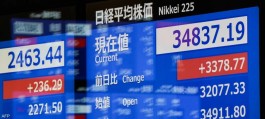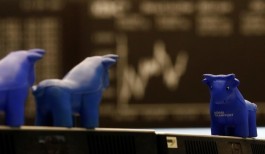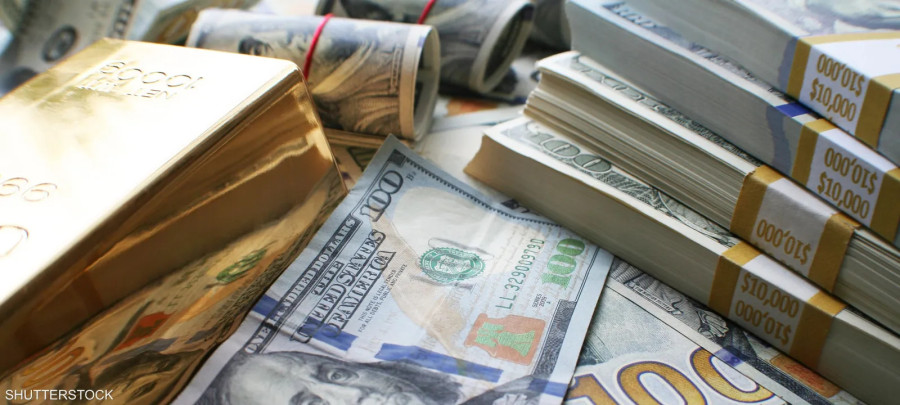The dollar stabilized at its highest levels in 10 months against a basket of major currencies on Tuesday, supported by US bond yields that reached their highest levels in 16 years, while the yen continued to decline to remain in the intervention risk zone.
A combination of strong economic data, tightening rhetoric from the Federal Reserve (US central bank) and a budget deficit that will be financed by borrowing sent the 10-year Treasury yield rising by more than 45 basis points in September to reach 4.5 percent for the first time since 2007.
Markets expect by 40 percent that the US interest rate will be raised again this year, compared to fewer chances of another hike in Europe. The difference helped support the dollar, which many were betting would decline quickly when the US Central Bank signaled the end of raising interest rates.
The euro was affected by a 0.5 percent decline on Monday, and settled at its lowest level in six months, recording $1.0584. It is on track to decline by three percent during the current quarter, which is the worst quarterly percentage loss in a year.
The pound sterling is also heading to end three quarters of gains, and incur a quarterly loss of 3.8 percent. Sterling fell to a six-month low at $1.2195 overnight and traded slightly above this level in the Asian session.
The dollar index touched its highest levels since November at 106.1 yesterday, Monday, and recorded 106.03 today.
The yen declined slowly but without stopping, heading towards the 150 level for the dollar, as policymakers adhered to extreme lenience in monetary policy.
That level is seen as potentially a red line for the Finance Ministry, whose warnings of possible intervention have escalated in recent weeks.
The yen recorded 148.97 to the dollar yesterday, Monday, and was traded in the latest transactions at 148.88.
The Australian dollar settled in the latest transactions at $0.6417, and its New Zealand counterpart recorded $0.5962.
The Chinese yuan also stabilized at 7.3099.









































